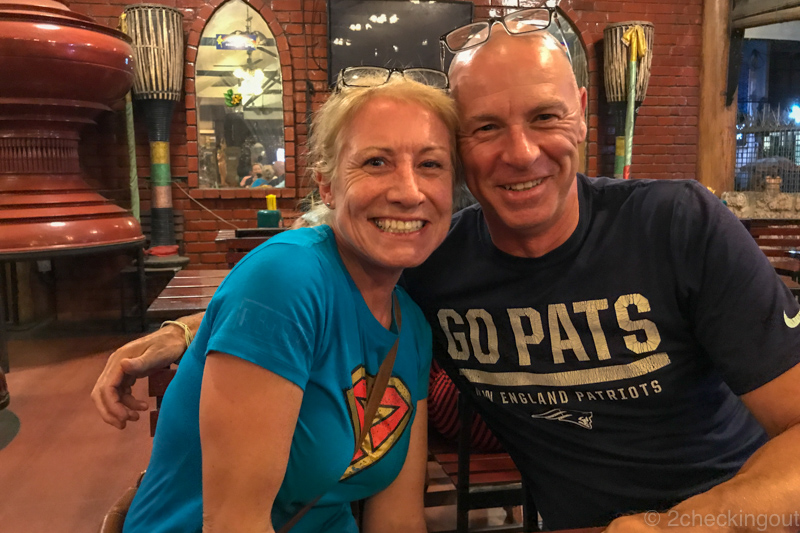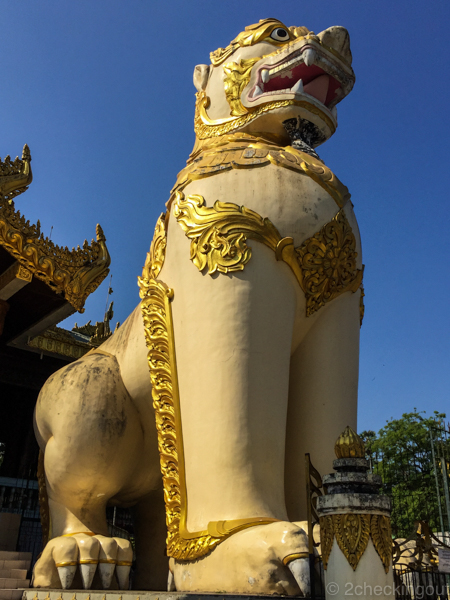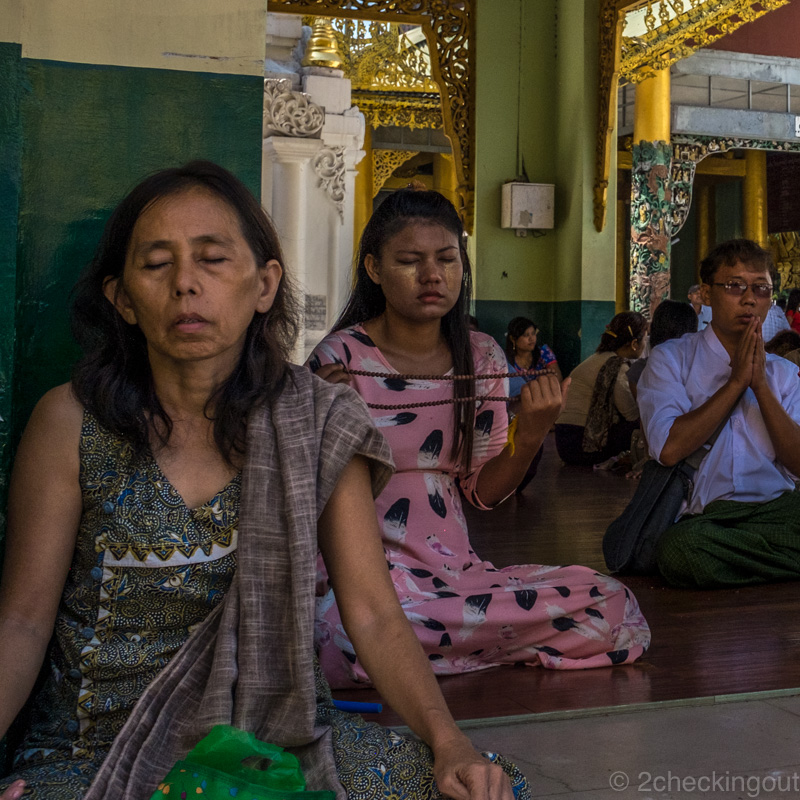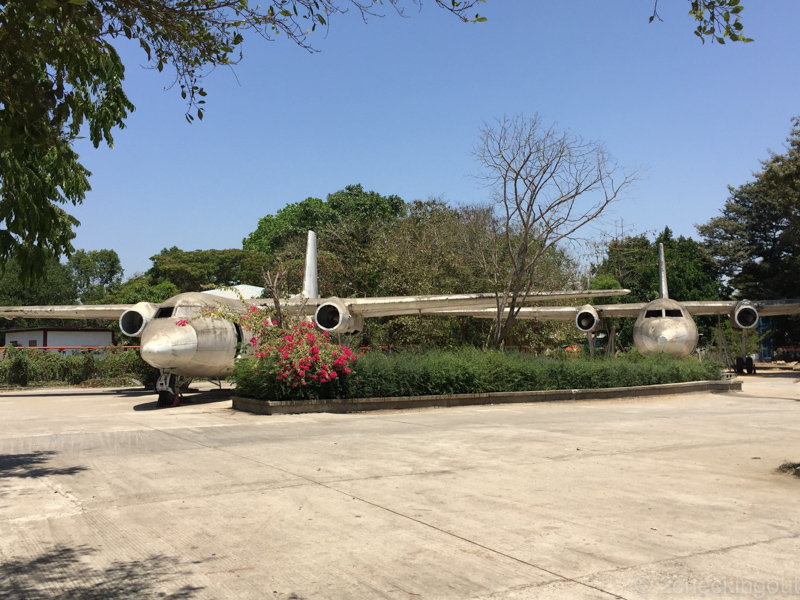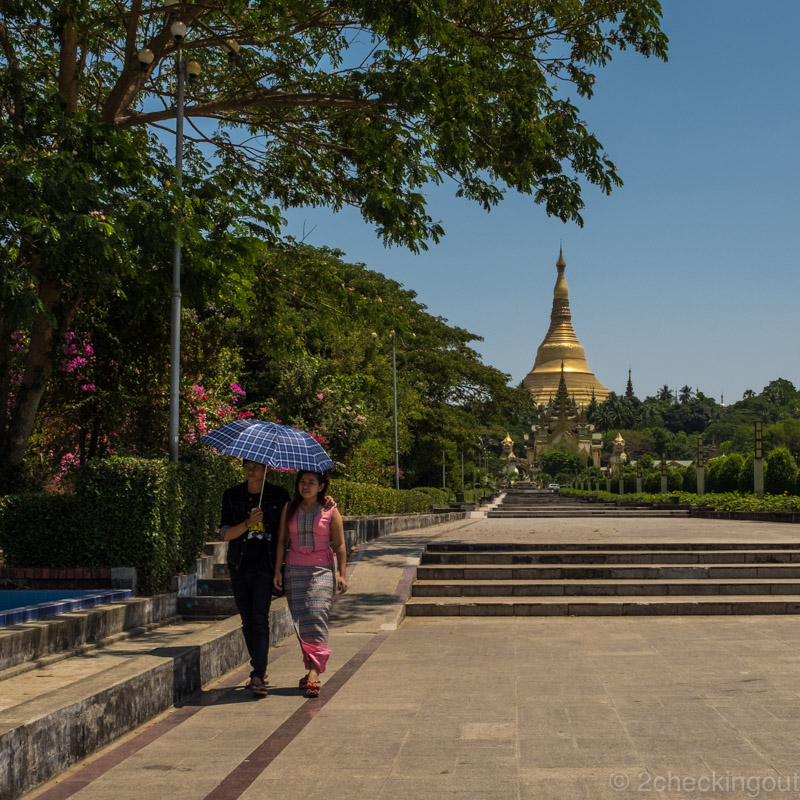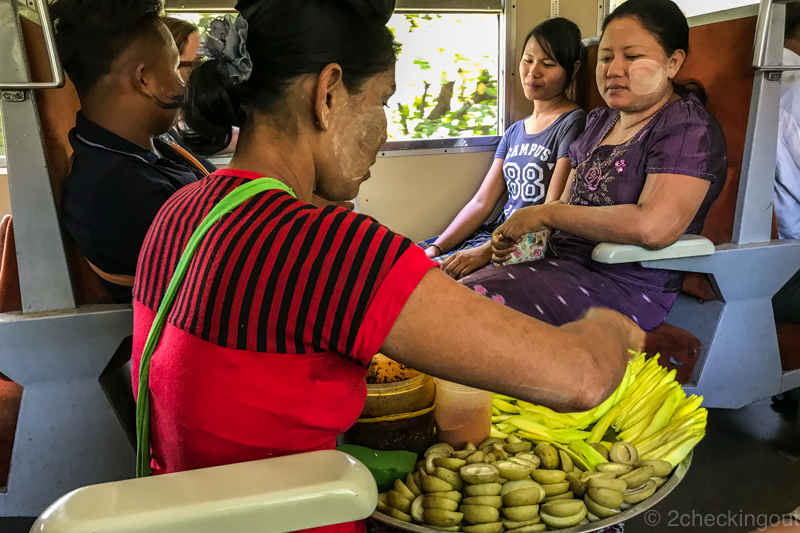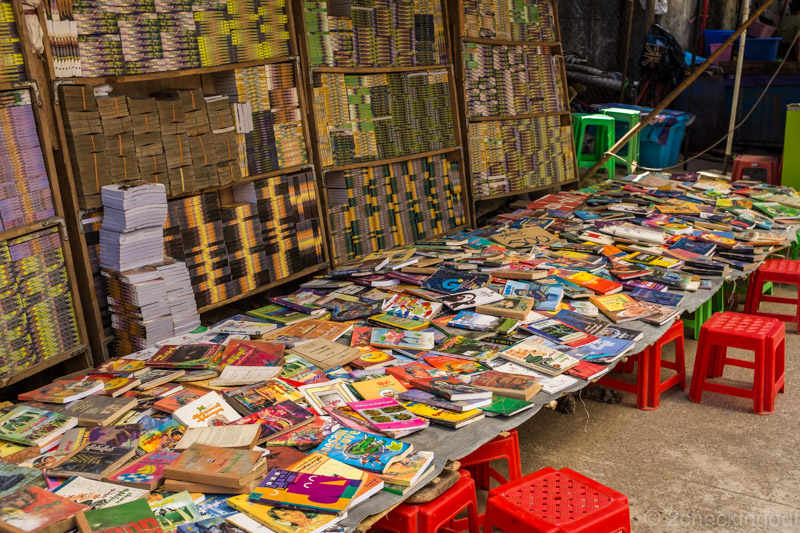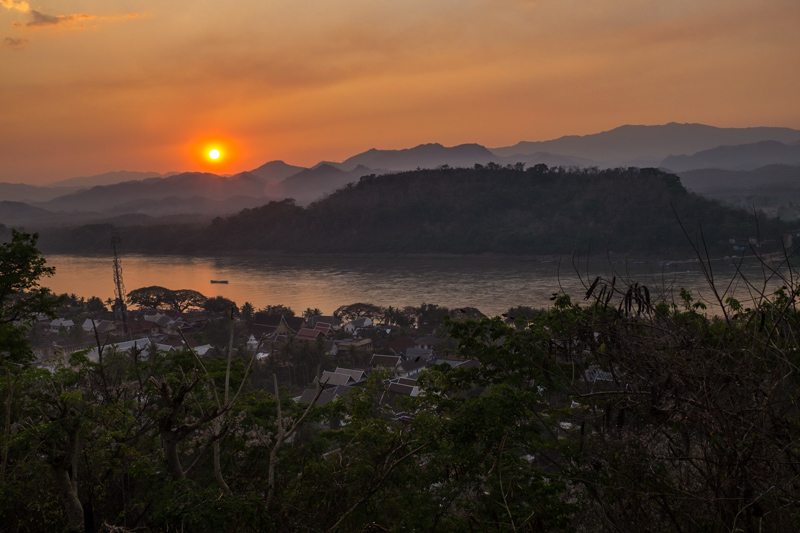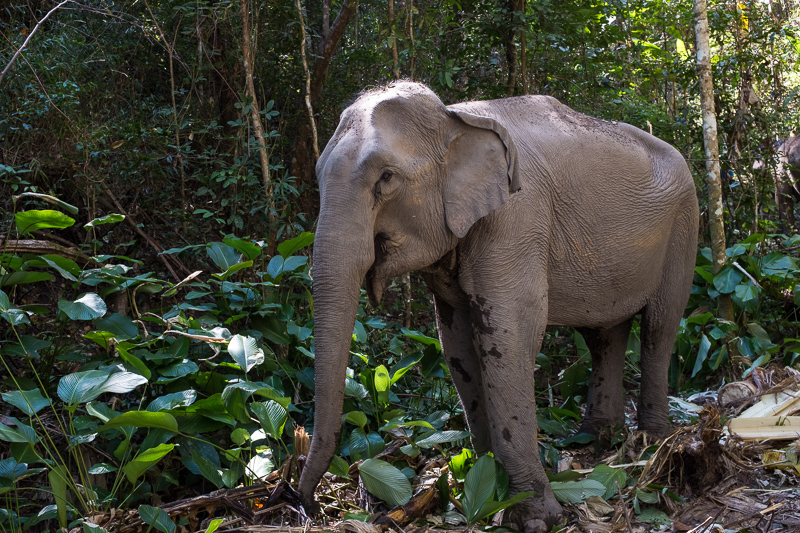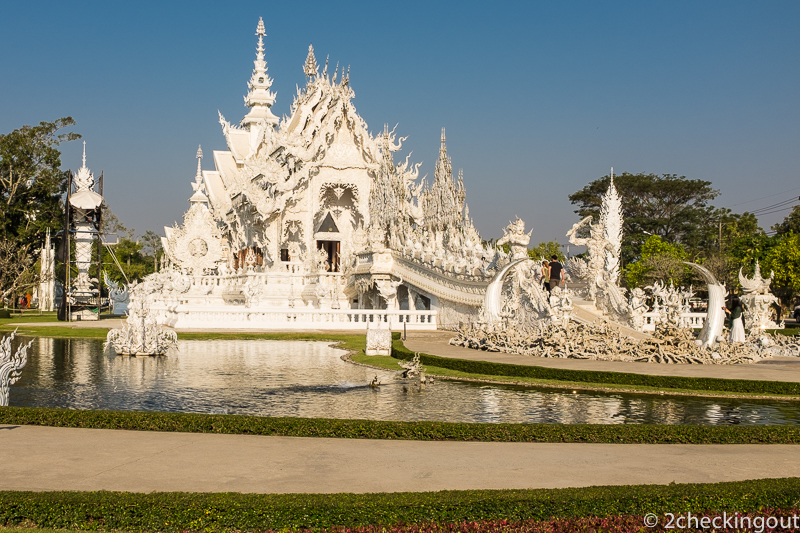A Guide to visiting Myanmar (Part 1): What to do in Yangon
Why Myanmar should still be on your bucket list. In three parts, we share the best Myanmar destinations for a two week itinerary. Part one, What to do in Yangon.
As we recall our travels through Myanmar in April of this year, we find the country in the news for all the wrong reasons. It’s tough to write positively about a destination when it's in turmoil.
Large areas are off-limits to foreigners, including the northern Rakhine state where evidence of ethnic cleansing against the minority Muslim Rohingya population is mounting. The UN is trying to apply pressure on the Myanmar Government to allow teams to enter the region. The world’s press is sharing images of thousands of refugees fleeing into Bangladesh. People are suffering, and it’s hard to witness.
But should this stop you from going?
Only you can make the decision. For travellers, Myanmar (formerly Burma) is one of the safest countries we have visited. Tourism is still very much in its infancy. Accommodation is limited to state-approved guesthouses and hotels. There’s no camping or AirBnB.
One reason to go is the people. We have never met more friendly and welcoming people. Ever. The consistent kindness we were shown during our stay catapulted Myanmar to our number two favourite country, after New Zealand.
And while this humanitarian crisis continues, ordinary Myanmarese still need to scratch a living. A great way to support them without lining the pocket of the Government and their high powered friends is by staying at family-run guesthouses, eating at small independent restaurants, and booking local guides. These little things can make a real difference to families that are often living hand to mouth.
Over the next three posts, we will share with you how and why we fell in love with Myanmar. And why we think you should add it to your travel bucket list. We will cover what we believe is the perfect two-week itinerary capturing the countries highlights. Including the former capital Yangon, the incredible temples of Bagan, Inle Lake, and Ngapoli Beach.
So let’s go!
We hadn’t planned on visiting Myanmar, but with friends living and working in Yangon, we were quickly swayed into adjusting our plans for South-East Asia. And boy, are we glad we did. Every now and again while travelling you visit somewhere that completely blows your expectations out of the water. Myanmar was one of those places.
What to do in Yangon
Sam, a colleague from my early days of working in London, and her husband Shaun, are teachers at an International School and have been living in Yangon for almost a year. I hadn’t seen Sam for the best part of 25 years. But with a beer (or two) in hand, we soon caught up on life over the last couple of decades.
Yangon, formerly known as Rangoon was the capital of Myanmar until 2006. It is a bustling city with a population pushing 7 million, and we couldn’t wait to start exploring.
The glistening Shwedagon Pagoda
With some hints and tips under our belt from Sam and Shaun, we headed out into the blistering heat. First stop, the jewel in the crown, the Shwedagon Pagoda.
This temple is the most sacred in the country, and you can understand why. Standing 99 metres tall (325 feet) the Pagoda is literary one big jewellery box. Covered in gold plate, with 5,448 diamonds, 2,317 rubies, and a 76-carat diamond perched on top. Local legend states the Pagoda was first erected some 2,500 years ago. Historians say that it’s more like 1,100 years. Either way, it's old and magnificent.
The entrance fee to the complex is US$8 and allows you multiple entries in one day. The dress code is stringent, so definitely no vest tops or butt-hugging shorts. If you can, borrow or buy a traditional longyi (a cylindrical shaped, waist-to-floor skirt worn by everyone, all the time, men and women included). You also have to go barefoot, the tiled floor of the compound can get eye-watering hot in the mid day heat.
At the entrance, as Julie attempted to tie her longyi, a young lady looked on shaking her head and giggling. To Julie’s dismay, she was putting on the longyi loaned by Sam upside down, oh and tying it man-style. Being correctly dressed by this sweet girl, without a word exchanged was the first of many acts of kindness that we received.
Once inside the complex, we were overcome with a dazzling array of mini temples, people praying, families having picnics, and monks in a rainbow of coloured robes. With very few westerners in sight, we quickly became the most photographed non-Myanmarese at the temple. Julie was to star in many a family photo (must be the pasty English skin). The shyer locals would walk past giggling. An extraordinary but pleasing experience.
This Pagoda and the people enjoying it was our first real Myanmar experience. Julie, found it very emotional, almost overwhelming, in a good way. A perfect introduction to Myanmarese culture.
It’s not Central Park
From the temple, we headed across the road to the People’s Park. Entrance costs US$3, with an additional US$3 camera fee if you plan on taking photos. The camera fee is quite standard not only in Myanmar but in other parts of South-East Asia.
Along with courting couples, the park is home to an array of plant life, much of it indigenous to Myanmar. Randomly a couple of old planes have been dropped in one corner. Have to admit that the park is a bit barren and apart from offering a different view of the Shwedagon Pagoda there’s little to get excited about.
The Immense Chaukhtatgyi Buddha
After a tricky conversation and much map pointing, we persuaded a taxi driver to take us to our next port of call. Having a map with you with the local spellings certainly helps.
In what looks like an aircraft hanger, one of the most revered and largest reclining Buddhas rests. From tip to toe, this reclining Buddha is 66 metres (217 feet). The scale is vast, the glass eyes alone are nearly two metres wide. That said, it only takes 10 minutes or so to wander around.
Dodging the traffic, we crossed the road to visit the Ngahtatgyi Buddha Temple. The pagoda is home to a 10 metre high seated Buddha.
Cheap as chips, the Circular Train
The following day we spent the princely sum of US$0.15, yep that’s not a typo. Fifteen US cents buys you an incredible three-hour journey covering a large slice of life in Yangon.
The circular train leaves platform 7 of the central station and travels 46 kilometres (28.5 miles) through the city, into the surrounding lush countryside and back again scooping up commuters along the way.
First thing in the morning is the perfect time to experience daily life. The train is buzzing with locals going back and forth to the markets, passing baskets of food through the windows. These markets swamp the various station platforms; then they give way to dense green fields of watercress. Farmers knee-deep in water tending to their precious crops.
Some of the journey does tug at the heartstrings. Abject poverty is visible along the route. The poorest scrapping a living amongst the waves of rubbish that drift along the tracks.
Ladies with ladened food trays perched on their heads plied their trade throughout our journey.
The number of passengers ebbed and flowed as we passed through the many stations. We found ourselves sitting on opposite sides of the carriage to get different views. At one stop the train filled up quickly, and a local family joined Julie. As usual, there were lots of smiles and giggles, particularly notably when they offered her a taste of a snack purchased from one of the ladies with the trays. Lots more giggles as Julie bit into a slice of fruit covered in chilli flakes. Apparently, it tasted quite good.
Downtown Yangon
We rounded off our three days in Yangon with a self-guided walk (Lonely Planet Book) of the old town. As we weaved in and out of narrow streets, we discovered old colonial buildings. Some standing proud, some sagging, as time and abandonment take their toll. Pansodan Road is home to a bustling outdoor bookstore with tens of books stalls lining the street. If you haven’t already, you can pick up a copy of George Orwell’s “Burmese Days”. An intriguing insight into all that was wrong with the British rule of Burma. Or a more attention-grabbing sub-headline of 'A Saga of Jungle Hate & Lust'.
Having walked up an appetite, we grabbed lunch at 999 Noddles. A bargain at just NZ$5.50 (US$4) for three delicious dishes and two drinks.
Yangon is a fascinating city with plenty to see and do. Some of the gems can easily be found, and some need a little uncovering. The noise level on the streets can be a bit overwhelming at times. Taxi drivers appeared to have their hands glued to the horn. The cacophony of noise adds to the buzz of this intriguing city.
But we were ready for something a bit more peaceful and beautiful. The temples of Bagan were beckoning. Read more in part two, coming soon.
You can read more about what is happening in Myanmar right now in this BBC article: Myanmar Rohingya: What you need to know about the crisis
If you would like to support the Oxfam Emergency Appeal, please click here.
Next Bite: The Beautiful Bagan Temples





